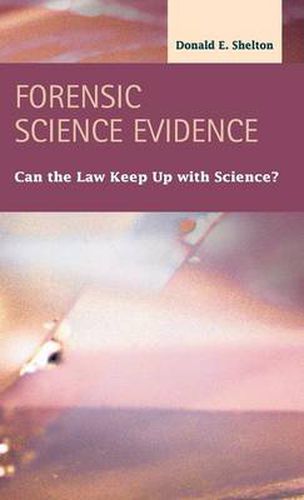Readings Newsletter
Become a Readings Member to make your shopping experience even easier.
Sign in or sign up for free!
You’re not far away from qualifying for FREE standard shipping within Australia
You’ve qualified for FREE standard shipping within Australia
The cart is loading…






Shelton describes the startling questions that have arisen about the reliability of many forms of scientific evidence which were traditionally regarded as reliable and have been routinely admitted to prove guilt. The exonerations resulting from the development of DNA have exposed the lack of truswortiness of much of the scientific evidence that was used to convict people who turned out to be innocent. The Congressionally commissioned report of the National Academy of Sciences documented the lack of scientific basis in many of these areas. Nevertheless, Shelton discloses that many courts continue to routinely admit such evidence in criminal cases, in spite of the obligation of judges to be the gatekeepers of forensic science evidence. He explores reasons for that phenomenon and describes whether and how it might change in the future.
$9.00 standard shipping within Australia
FREE standard shipping within Australia for orders over $100.00
Express & International shipping calculated at checkout
Shelton describes the startling questions that have arisen about the reliability of many forms of scientific evidence which were traditionally regarded as reliable and have been routinely admitted to prove guilt. The exonerations resulting from the development of DNA have exposed the lack of truswortiness of much of the scientific evidence that was used to convict people who turned out to be innocent. The Congressionally commissioned report of the National Academy of Sciences documented the lack of scientific basis in many of these areas. Nevertheless, Shelton discloses that many courts continue to routinely admit such evidence in criminal cases, in spite of the obligation of judges to be the gatekeepers of forensic science evidence. He explores reasons for that phenomenon and describes whether and how it might change in the future.